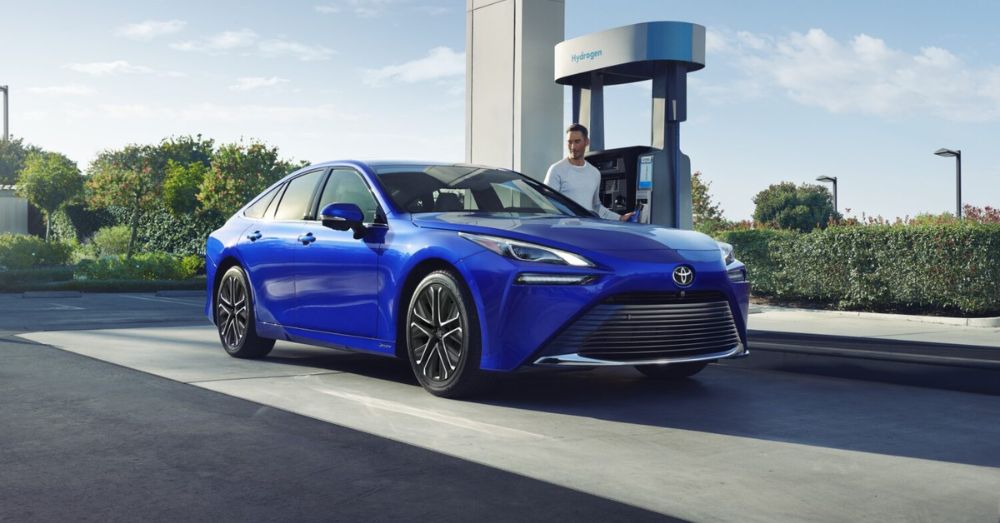As the world shifts toward cleaner and more sustainable transportation, hydrogen-powered vehicles are a promising alternative to traditional electric vehicles (EVs). While battery-powered EVs have captured much of the attention, hydrogen fuel cell vehicles (FCEVs) are getting a second look. With the potential for zero emissions, fast refueling, and long driving ranges, hydrogen-powered vehicles offer distinct advantages. Let’s explore why these vehicles may shape the future of clean transportation.
Zero Emissions and a Cleaner Footprint
One of the top reasons hydrogen-powered vehicles stand out is their ability to produce zero emissions. FCEVs run on hydrogen, which is used to generate electricity through a chemical reaction in the fuel cell. The only byproducts of this process are water vapor and heat, making hydrogen vehicles entirely emissions-free at the tailpipe.
While battery EVs also offer zero tailpipe emissions, hydrogen’s advantage comes from its clean energy potential when produced sustainably. Hydrogen can be generated using renewable energy sources like wind, solar, or hydroelectric power, which means the entire lifecycle of a hydrogen-powered vehicle can be much cleaner than even some electric vehicles, especially those relying on grids powered by fossil fuels.
Fast Refueling Times
One of the biggest hurdles for battery EVs is the time it takes to recharge. Even with fast chargers, it can take anywhere from 30 minutes to several hours to fully charge an EV’s battery. Hydrogen-powered vehicles can refuel in roughly the same amount of time as a gasoline-powered car—about five minutes.
This speed gives hydrogen vehicles a distinct advantage, particularly for those who need to cover long distances without the inconvenience of extended charging stops.
Hydrogen’s Potential Beyond Passenger Cars
While hydrogen-powered passenger cars are gaining attention, the real potential for hydrogen lies in its applications beyond consumer vehicles. Hydrogen is great for commercial transportation, including heavy-duty trucks, buses, and even trains. In sectors like shipping and aviation, where battery-electric solutions are less practical due to weight and energy density limitations, hydrogen offers a scalable, low-emission alternative.
Hydrogen can also be used to store renewable energy. Excess energy generated from renewable sources like wind and solar can be used to produce hydrogen, which can then be stored and transported to power fuel cells. This gives hydrogen a dual role in both transportation and energy storage, further increasing its potential to reshape the clean energy landscape.
Challenges and the Road Ahead
While hydrogen-powered vehicles offer many advantages, there are challenges to overcome before they can really take hold. The biggest hurdle is the lack of hydrogen refueling infrastructure. Unlike battery EVs, which can be charged at home or at widely available public stations, hydrogen refueling stations are still limited to specific regions. Expanding this infrastructure will require time.
A Glimpse Into the Future
Hydrogen-powered vehicles are poised to play a key role in the future of clean transportation. With their zero emissions, quick refueling times, and longer driving ranges, they offer a viable alternative to battery-electric vehicles, especially in sectors where range and refueling speed are more important. As hydrogen infrastructure grows and production methods become greener, hydrogen-powered vehicles could become a huge part of the transition to sustainable transportation.
This post may contain affiliate links. Meaning a commission is given should you decide to make a purchase through these links, at no cost to you. All products shown are researched and tested to give an accurate review for you.




